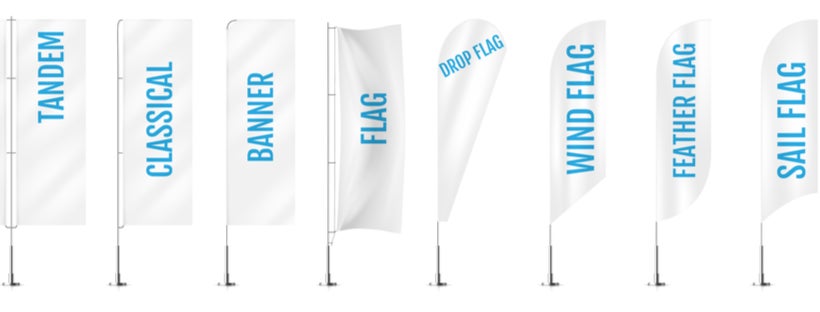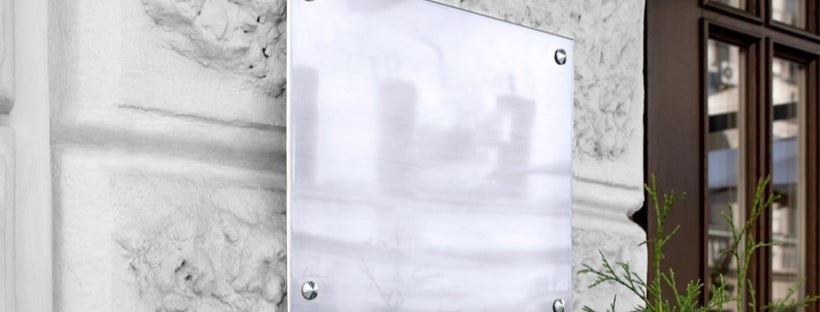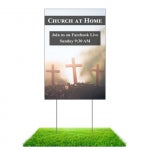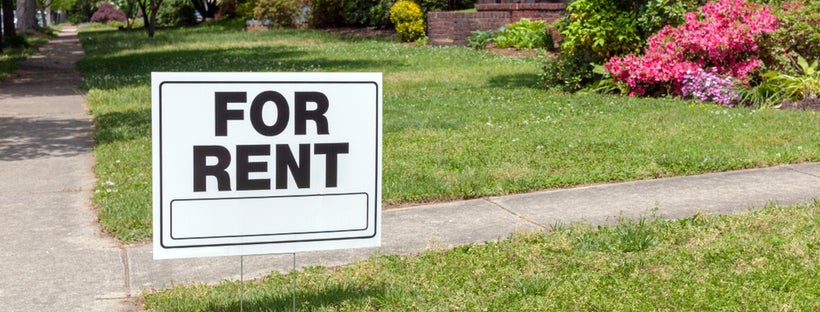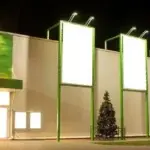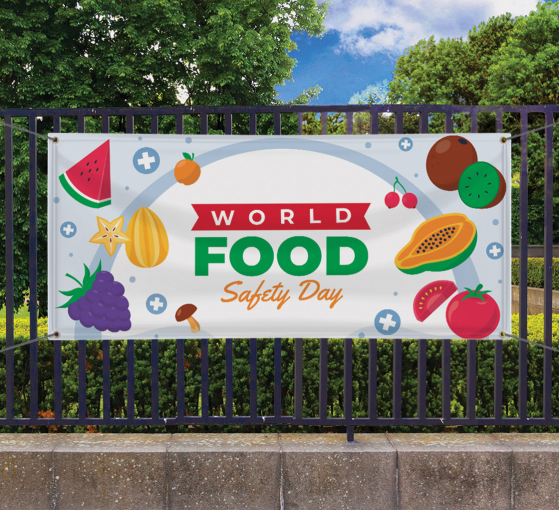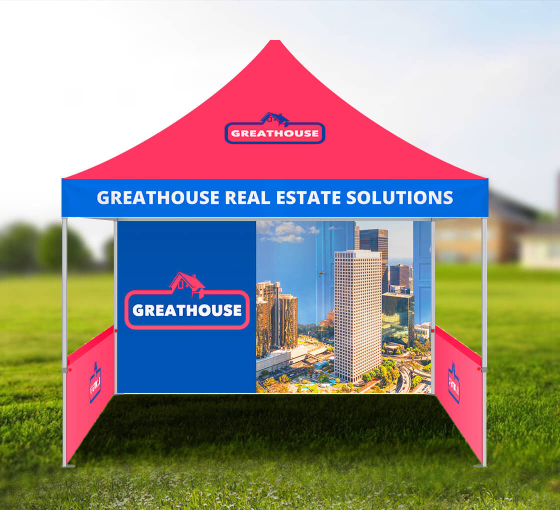Road signs don’t always make sense. In fact, it’s no surprise that there are entire manuals made to help all of us drivers understand the hundreds of different signs we see on the road.
Here to help you get where you’re going safely, we’ve created this guide to common road signs and what they mean.
The Different Types of Road Signs
There are three main categories of road signs that come in a variety of shapes and colors, each with their own meaning. Some of them are plain and easily deciphered, while others require a little explanation.
The three main categories are:
- Guide signs
- Warning signs
- Regulatory signs
Knowing what each of these signs means can keep you safe, or at least going in the right direction.
Guide signs
With the rise of technology, a lot of people turn to GPS when they aren’t familiar with an area.
But when you can’t, guide signs are absolutely necessary.
They include:
- Highway junction signs
- Interstate signs (usually with arrows)
- Mile markers
- Airport/hospital signs
- Gas/food signs along the highway
- Street name signs
Warning signs
Warning signs are meant to save your life by warning you against tight turns, cliffs, steep grades, or other such hazards.
More often than not they will use symbols rather than words, and typically have a diamond, triangle, or octagonal shape in either red, orange, or yellow.
This category includes:
- Lane merges
- Road work signs
- Pedestrian or animal crossing signs
- Speed limit signs
- Curve warnings
- Falling rock signs
Regulatory signs
These are all the signs that are considered a part of “traffic control.” This means they help to keep order on the streets, and along the fringes.
Regulatory signs include:
- Stop signs
- Yield signs
- No turn on red signs
- Turning lane signs
- Curbside parking signs
- Detour signs
- Weigh station signs
- Railroad crossing signs
Because we are often driving when we see signs, we must be able to gauge their importance and relevance to the road ahead rather quickly. This is why the categories above aren’t the only ways signs are divided.
Other ways to identify a sign’s meaning are by color and shape.
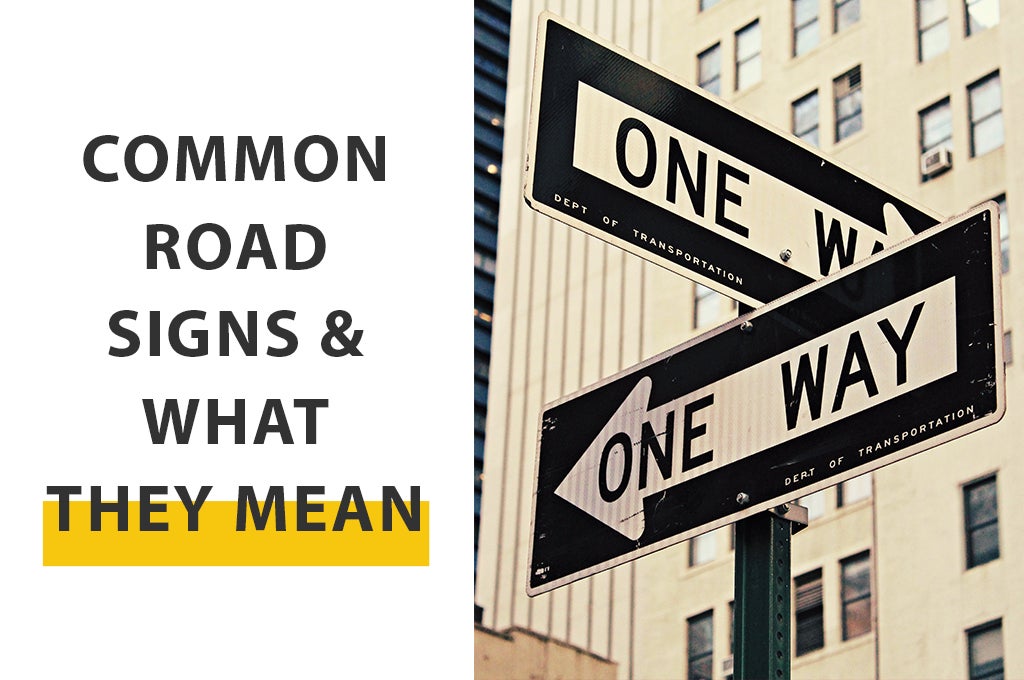
What Road Sign Colors Mean
As a society, we’ve been trained to view colors on a scale. By doing so, all of us understand that green means “Go” or “Good,” yellow means “caution,” and so on.
While the scale is everywhere, we see it very often on the road. Here are the common sign colors and their meanings:
- Red: Red signs are meant to immediately grab your attention and signify a rule or law that must be followed. The most common is a stop sign.
- Yellow: Yellow signs indicate a slow down, hazard, or precaution you should take.
- Green: This color is usually used for guide signs. We most commonly see them on road signs or destination signs that indicate mileage to go or an exit to the airport.
- Blue: This color is generally only used to help drivers find a gas station, restaurant, bathroom, rest stop, etc.
- Orange: Just like the iconic orange cones, this color is only used for road work. Not only to warn drivers that it is ahead but also to help them get around it and warn them of areas they can’t enter or cross.
- Brown: Brown signs are used to identify landmarks or state parks, forests, and trails.
While colors are used for a variety of different signs, there is still a system- and a scale.
On the other hand, shapes of signs, while still categorized, are a lot more focused on their meaning.
Sign Shapes and Their Meanings
As mentioned, certain shapes have only one meaning. And like colors, the standardization of these shapes is intended to make it easier for our brains to receive certain information quickly.
- Octagon: Only used for stop signs.
- Round: Only used for railroad signs and will typically have flashing lights and a black X across the front.
- Triangle: Only used to signal to yield.
- Diamond: Only used for hazard signs, warning you of something in the area such as rock falls or deer crossings.
- Rectangular: Horizontal rectangular signs are used for “traffic signs” or regulatory signs. Vertical rectangular signs are used for guide signs, such as street signs.
There are also dozen of symbols, arrows, and lines used for signs as well. The DMV has provided a quick guide to understanding all of them.
Other Road Signs
Beyond traffic, guide, or regulatory road signs, there are hundreds of other signs you may come across while driving. These include:
- Business signs
- Private property signs
- Road sponsor signs
- School zone
- No smoking signs
- Private parking/towing signs
- Custom signs
If you own a business, you may find yourself in need of one or two of these signs.
Where to Buy Road Signs
Whether you need them for your business or private property, get your signs custom made to meet the regulations of your state or local municipality.
Best of Signs has thousands of templates to choose from, including those for street signs and parking signs. You can then use our customization tool to make any adjustments.
Find the sign that meets your needs with Best of Signs.

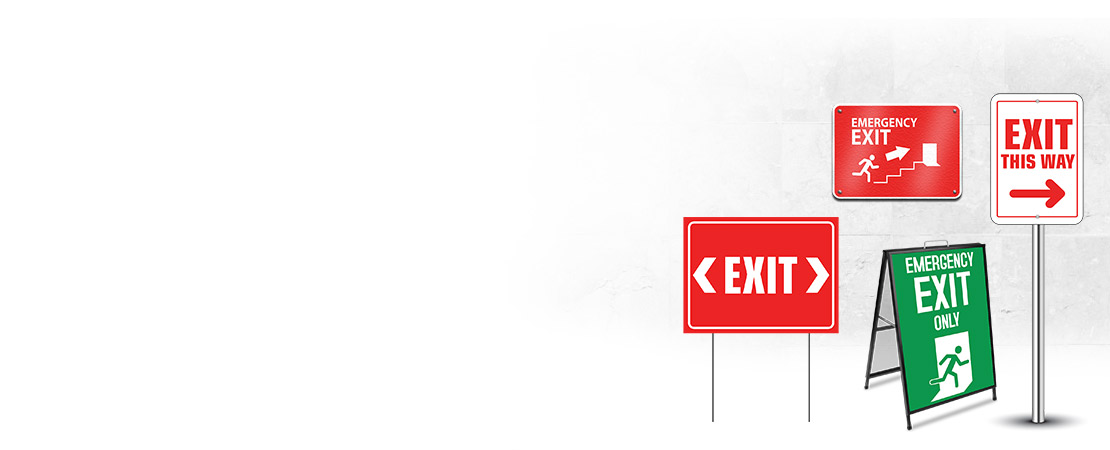






































 Posted in
Posted in  Tags:
Tags: 
